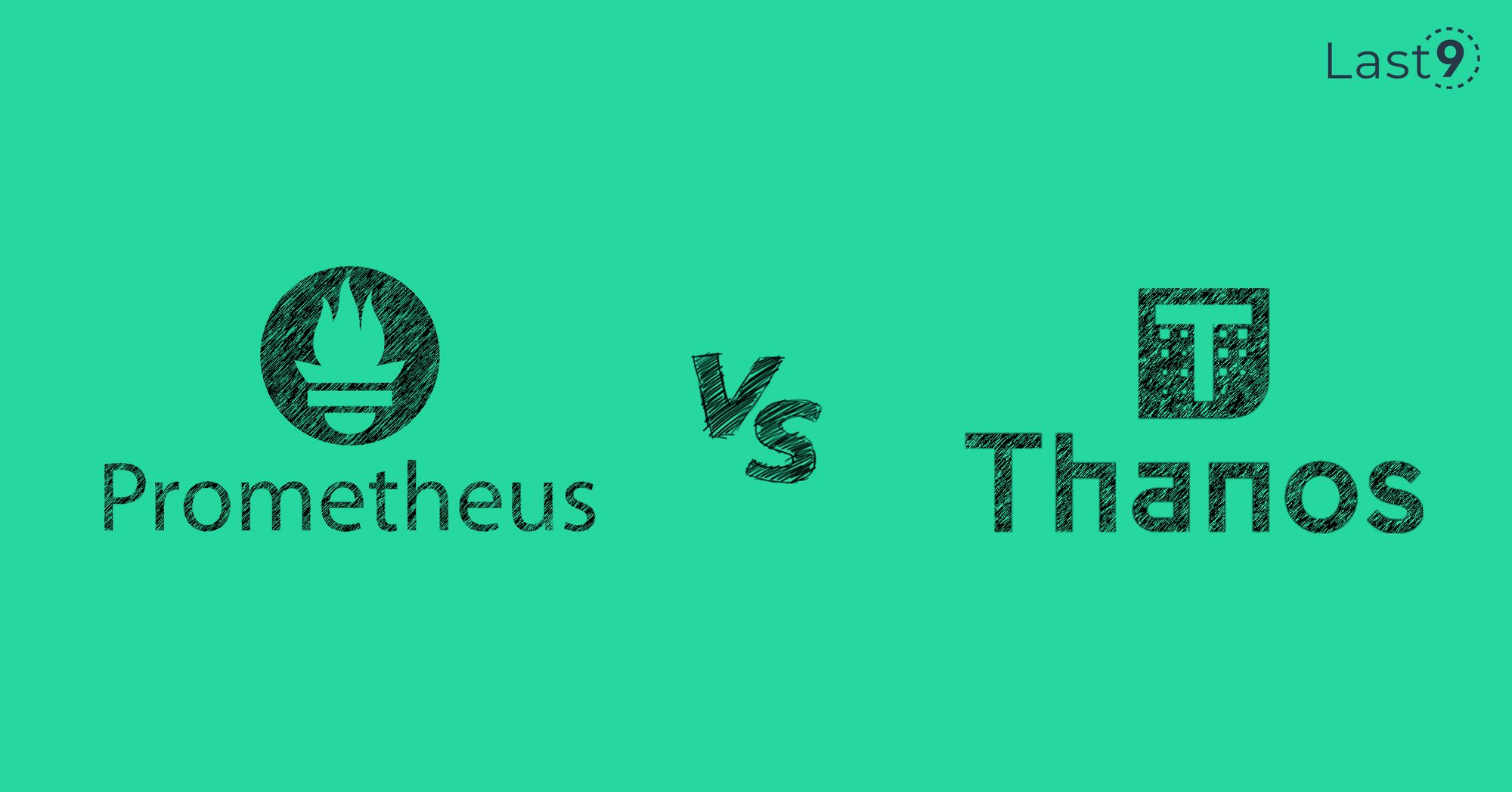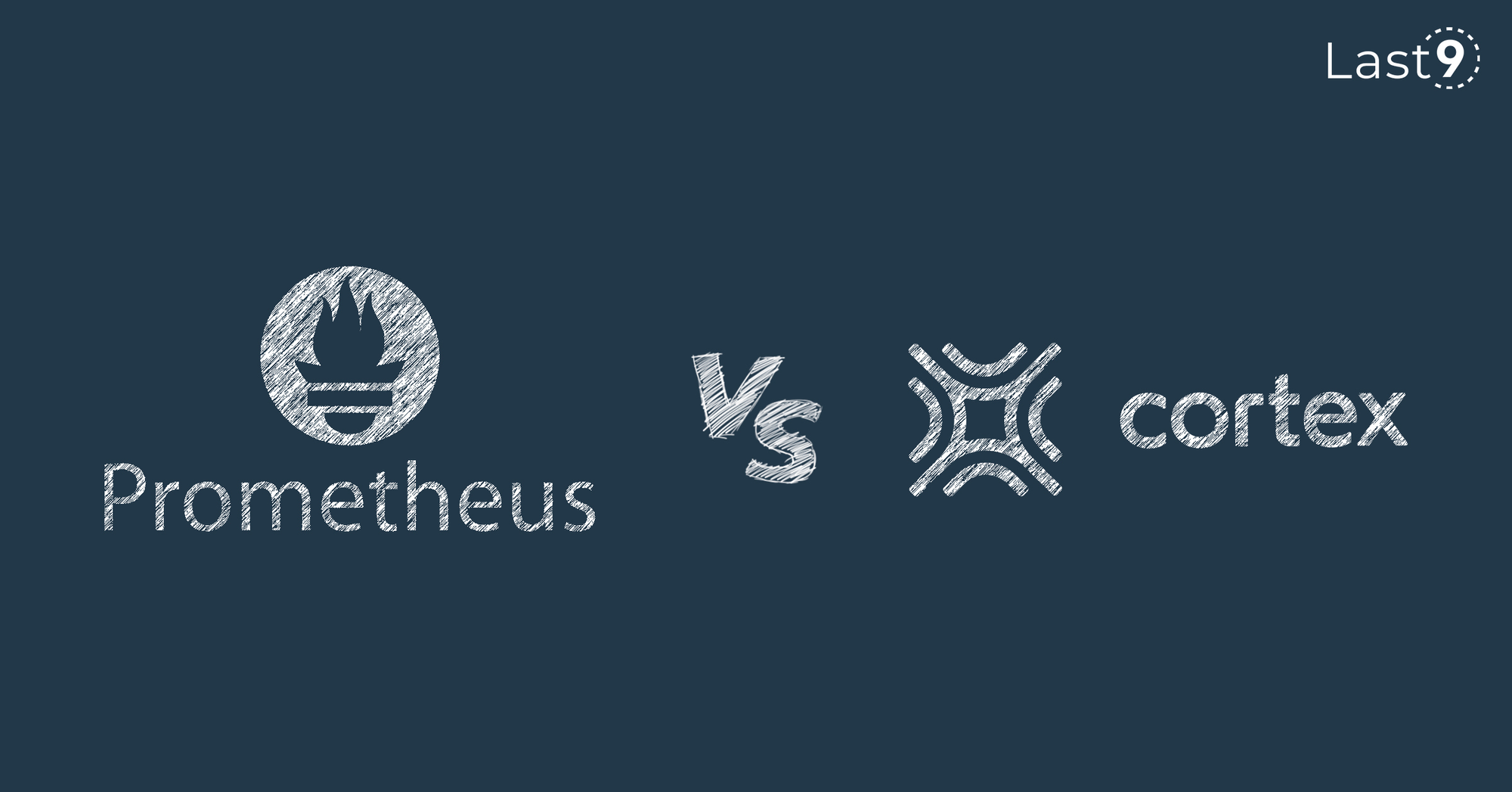Prometheus and Datadog are two of the most popular monitoring tools in the market today.
Prometheus is a free, open-source monitoring tool with time series capabilities and many integrations. Datadog is privately operated and offers APM, a time series database, and issue tracking in a single tool.
This article compares Prometheus and Datadog by looking at the following aspects of each:
- Ease of installation
- Number of integrations
- Cost and pricing
- Scalability
- User interface (UI)
- Developer experience
- Vendor lock-in
- Support
The article concludes with a table that summarizes the comparison.
Prometheus
Prometheus positions itself as the leading open-source monitoring solution. It's favoured by companies like DigitalOcean, Grafana Labs, Showmax, and Weaveworks since Prometheus has a large community to maintain its codebase.
Installation
Prometheus can be installed in different ways, such as by using Helm charts or direct Kubernetes configurations. Prometheus also provides precompiled binaries and Docker images for direct download of the original components.
The initial installation only provides time series capabilities. If you need other functionalities like issue tracking, you'll need to connect to third-party plugins or tools like Jira or Bamboo. If you are interested in having a comprehensive view of your metrics in graphs and dashboards, you will need to sign up for Grafana and connect it to Prometheus.
Integrations
Prometheus alone is pretty basic, which is why it provides over 600 integrations. You can add databases like Aerospike, hardware like the NVIDIA GPU, messaging systems like RabbitMQ, storage like Gluster, APIs like Amazon ECS, logging tools like Grok, issue trackers like Bamboo, other monitoring tools like Graphite, and many more.
Cost
Prometheus is free to use. However, using Prometheus requires professionals who are versed in open source and Apache-based applications, which incurs a cost in the form of salaries.
If you want to reduce the technical barrier involved in getting started, MetricFire has a hosted version of Prometheus, Graphite, and Grafana with a pricing model that starts at $85 per month.
To use Prometheus, you'll need to ingest and store your metrics. The data ingestion cost for Prometheus is free if you host metric data on your local server. If you want to host ingestion and storage of your metrics on a cloud service like AWS, though, it will add to your costs.
Scalability
Prometheus is designed to be highly scalable and can handle a high volume of metrics. It uses a masterless model, which means it does not distribute over multiple machines. Instead, it runs on each node that needs to collect data.
It achieves this by using a pull model to collect metrics from each monitored service rather than a push model where a central server pushes information to clients. Prometheus has a central storage system that stores all of its data, and each client periodically polls the storage system for new data. This polling mechanism allows Prometheus to scale horizontally; you can add more servers as needed without having to worry about whether they will overload any one machine's capacity.
UI
The Prometheus web UI provides graphs for several metrics, including the number of alerts raised, memory usage, data retention time, Prometheus configuration and rules, and the state of monitoring endpoints.
Prometheus also provides API endpoints to query the metrics. You can use these endpoints to create custom dashboards in other tools such as Grafana.
Developer Experience
Prometheus's website has a getting started guide as well as comprehensive documentation with an active community contributing to it. Additionally, there are plenty of community-maintained plugins to make use of in your projects.
Vendor Lock-In
Vendor lock-in refers to the practice of being unable to move to another vendor's software without significant effort and expense.
Prometheus has importers that help you transfer your data from other monitoring platforms as well as an API that lets you expose its metrics to other monitoring platforms. You could experience some vendor lock-in since it's difficult to completely transfer your metrics out of the Prometheus platform.
Support
Prometheus has an active community to help you with your questions. Question-and-answer platforms like Stack Overflow can also help you resolve problems.

Datadog
Compared to Prometheus, which is free and open source, Datadog differentiates its paid tool by offering monitoring and security for any stack and any app at scale. Its user base includes large and well-known enterprises like Samsung, Whole Foods, and 21st Century Fox.
Installation
Datadog is easy to install and provides all the features and functionalities you need in one go.
Its installation process requires you to download an agent that can run on your local host (Mac or Windows) or containerized applications. The agent is capable of sending about 75-100 system-level metrics and events every fifteen seconds. With a few more configurations that involve using a Datadog API key, you can send the gathered metrics to the Datadog platform.
Integrations
Datadog provides most of the features you need to monitor your application. If you want to use external resources, it allows up to 600 integrations with third-party plugins or applications, just like Prometheus. Some of its most noteworthy integrations are Airbrake, Kubernetes, Cloudability, Ignite, Fastly, Google Storage, and CircleCI.
Cost
Datadog's lowest-paid tier costs $15 per host per month at the time of writing. It also offers an enterprise pricing system as well as a fourteen-day free tier to help you explore its features.
Datadog also charges for each new resource added. For example, if you have network monitoring capabilities and want the continuous testing feature, you would pay extra. At the time of writing, Datadog charges $0.10 per ingested or scanned GB per month.
Scalability
Datadog has auto-scaling features that ensure resources are increased or decreased based on your requirements. They provide a distributed architecture that scales with your infrastructure so you can easily monitor every part of your stack. Datadog Enterprise scales from 1 to 10,000+ servers and can handle up to 50 billion metrics per day.
UI
Datadog has an extensive dashboard to view your events and metrics. It provides automated browser tests that let you streamline your user experience and ensure that your users can complete actions like signing up for new accounts. You can also record multistep browser tests in minutes.
Datadog uses artificial intelligence to automatically detect changes in your application and update your tests accordingly. With the addition of browser tests, you can measure user experience along with metrics, distributed traces, and logs from your applications and infrastructure.
Developer Experience
Datadog's comprehensive documentation makes it easy for developers to use the product. It has a rich set of client libraries in several languages for collecting data, and its API is well-documented. Developers will also appreciate the dashboard's extensive capabilities for setting up alerts and making custom graphs.
Vendor Lock-In
Datadog supports OpenTracing standards, giving consumers access to distributed tracing from any vendor. You may instrument your code for distributed tracing without worrying about vendor lock-in or the requirement for expensive modifications to your codebase down the road.
Support
Datadog offers different tiers of support for its customers. While free tier customers have access to self-service support in the form of learning centers, a Slack community, and foundational enablement, customers can upgrade to Datadog's standard or premier support packages to receive more personalized support. These tiers include email, chat, and phone support; a designated team of global support engineers; priority handling of escalations; and a quarterly review of support tickets.
Prometheus vs Datadog Comparison
Below is a summary of how Prometheus and Datadog compare on each of the aspects discussed:
| Concept | Prometheus | Datadog |
|---|---|---|
| Ease of installation | Harder; must install third-party plugins for full functionality | Easier; requires downloading the Datadog Agent |
| Number of integrations | Over 600 integrations; need integrations for full functionality | Allows integrations but offers full functionality without them |
| Cost and pricing | Free; indirect cost of salaries | Free trial; Pro at $15 per host per month; Enterprise at $23 per host per month; volume discounts for 600+ hosts |
| Scalability | Scales with a masterless model | Scales with auto-scaling and distributed architecture |
| UI | Web UI displays metrics in graphs; needs third-party apps for comprehensive display of metrics | Extensive dashboard for all events and metrics |
| Developer experience | Excellent community-maintained plugins and getting started guide | Thorough documentation and a rich set of libraries |
| Vendor lock-in | High | Minimal due to OpenTracing standards |
| Support | Active developer community | Free and paid support tiers |
Conclusion
This article compared Prometheus and Datadog based on ease of installation, number of integrations, cost and pricing, scalability, user interface, developer experience, vendor lock-in, and support.
Deciding which tool to use comes down to your budget and the scale of what you do. For example, if you are a small or midsize startup and want monitoring capabilities on a budget, you should stick with Prometheus. If you are an enterprise, paying more for Datadog's additional functionalities makes sense.
Subsequently, you can also try one of Last9's managed time series data warehouse - Levitate. Last9's Levitate comes with data tiering, the ability to create policies and so much more. It can manage high cardinality and scale at a fraction of the costs compared to Prometheus and DataDog.
Made it so far? Then you may also want to check out our blog on InfluxDB vs Prometheus for a similar analysis. In another blog, we are comparing all the popular time series databases. Go check them out.



